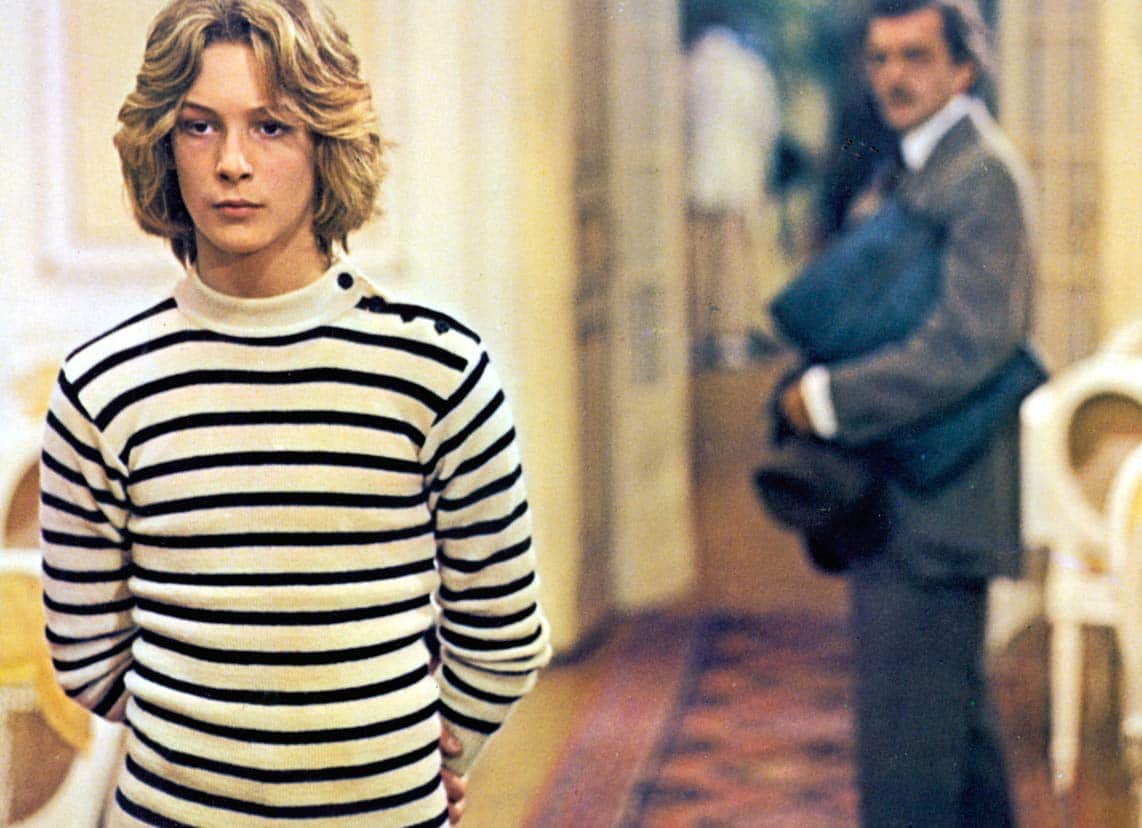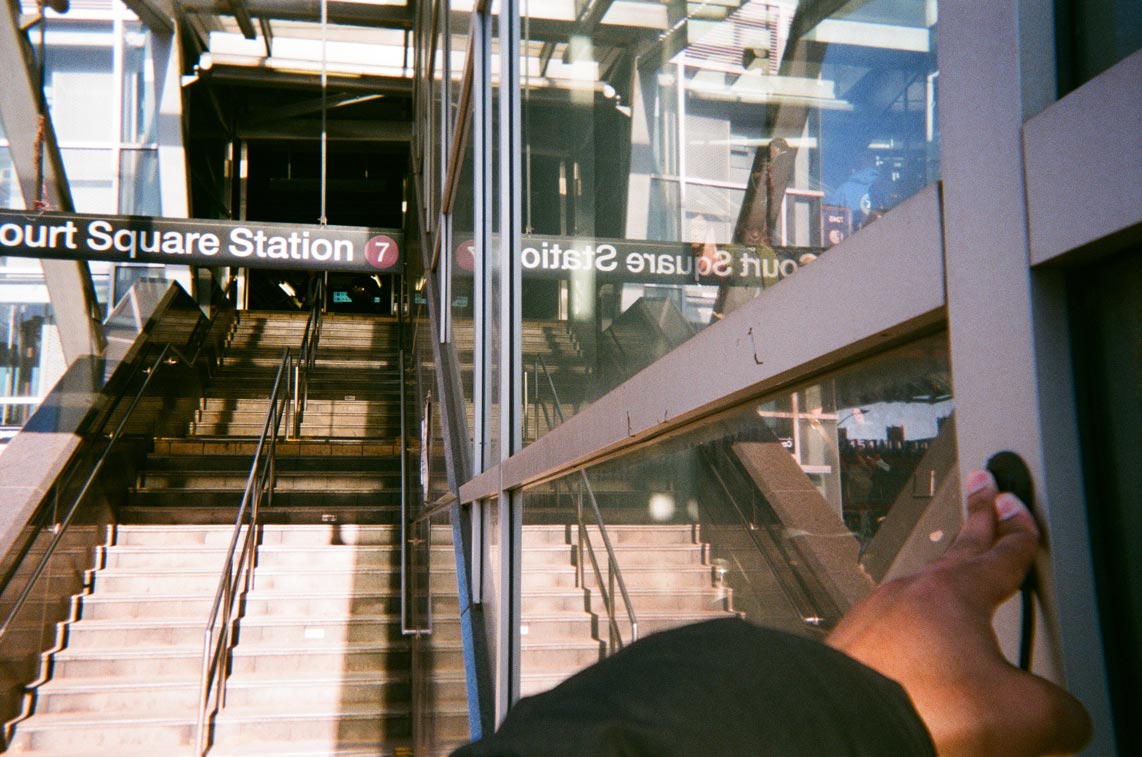Estudos do Labirinto (Labyrinth-Studien) is a four-point composite installation. Casinfância, more specifically Cláudia Ramos, the project’s curator, invited eight artists to create pieces for four museological spaces in Belém-Lisboa, in an artistic residence, to edify an intrinsic relationship between “the art of today”, the so-called contemporary, and the place for which it was conceived.
The National Museum of Ethnology had the artistic interventions of Teresa Carepo and Francisco Tropa; Jardim Botânico Tropical with Nuno Vicente and Armanda Duarte; the Navy Museum with Ana Santos and Belén Uriel; and the Calouste Gulbenkian Planetarium with the artists Pedro Paiva and João Maria Gusmão. With this, and under an artistic residence, the correlation of the artists’ perspective with the place that welcomed them was essential: ethnology, botany, sea and astronomy. Also, these museological spaces don’t allow exhibition neutralities and, in dialogue with contemporary works of art, they disclose a different look on themselves and the works – as well as an opening to other new possibilities. The network of Estudos do Labirinto extends itself beyond the museum and the resident artists, with conferences for invited researchers/essayists, a film and workshop cycle.
One of the rooms of the National Museum of Ethnology displays seven works of Teresa Carepo (S/título – Untitled) and six works of Francisco Tropa (Polícias –Policemen); the latter are exhibited in pairs. Tropa’s “figures”, with an anthropomorphic trait, made with glazed ceramics, wood and painted eucalypt branches, give a hint about the contamination of the place, one of the purposes of the project Estudos do Labirinto – a typical concern of the artist and the sculpture’s tradition: a reflection on the body, nature, memory, time, origin, death.
The layout of Teresa Carepo’s objects appear to be familiar, homemade, the rags, a wood bowl, a table, a shovel, a glass bottle. On the wall, a copper and iron scoop with water. The scoop protects the water, but barely: as it is, vertically on a wall, as if it was suspended, its concavity would easily overflow with a bit more liquid. On the floor, right in front of it, we see a paraffin plate, a material that we find along the installation, scattered on the ground, respecting the pouring shape, and folded over itself like a rag. The paraffin is a warm, almost gentle material. Not because it’s a fuel, or due to its vanishing solidness and paleness that becomes translucid when heated. But because it looks, even when cooled and consolidated, like it’s cheering a mild, almost corporeal temperature, next to the skin. In the back of the room, there is a sculpture on the wall, on wood, with a torn and used gauze, left to succumb. These sculptures of Teresa Carepo have something elemental, even vital. Not only due to their objects and materials, nor the symbolic or anthropological associations we can mention, but due to the verbs ‘whispered’.
Associating verbs with the pictorial realm may seem a transgressive intent with trespasser traits. It’s actually the opposite of the works’ titles, which neglect the role of the word (S/título – Untitled). But we often notice that some works, when they ‘surround’ us, invoke words by implying or suggesting an action, a state, an occurrence, an event. It’s not about converting images into words, that will always be a failed endeavour, an impossibility. Even if, sometimes, there are words capable of conveying the subtle condition of an image, the verbality before the verb itself. Since the visual or plastic language, and sculpture in this case, is an intelligence or idea before being a shape (if we consider that art operates through two distinct but complementary plans: one subtler and another more concrete). The shape becomes shape when the idea, or thought, materializes itself, becoming something in the ‘sensitive world’ (given that “in the beginning was the Word (logos)” and the Word became flesh).
I’m not mentioning stalled words or verbs, nor statements made beforehand. Nor, for instance, the meaning of Richard Serra’s list of transitive verbs, where the sculptor details a set of particular actions to be performed on a material (Verb List Compilation: Actions to Relate to Oneself, 1967-1968). I’m talking about words that mean actions or states, found when the works are seen. If the verb implies an action – if it’s an event in time – and these objects are moveless under ‘surprising’ bright spotlights, then the actions foreshadow themselves, happening through the memory of an event that became a word, a verb. These sculptures stealthily appear through their superficial stillness and quietness, inciting an action, causing a movement beyond themselves. Therefore, even prosaically, it is as if we were transported through a movement contrary to the shape’s concreteness; in other words, in a movement that goes back to a subtler dimension.
Repair, anoint, connect, nurture, heal – these are verbs that Teresa Carepo’s sculptures suggest me (similar, sometimes identical, to the verbs of some Joseph Beuys’ works). However, they don’t do it expressly and promptly, but begging: these are actions to summon, to turn into something present.
There is a work of Armanda Duarte in Jardim Botânico Tropical. To find it, we need to look above, since it’s disguised. As described in the work’s technical file, residencia (2018) is made of air, shadow, birch wood, a fly and a tiny bird. Nuno Vicente’s intervention is a sculptural device called Escultura para o fim do verão (2018), which is “in mediation with late summer’s rain”. Celebrating the end of dry season and the smell the wet earth”. In another work, Estudos para o jardim (2018), we see images of models and sculptures conceived to intervene in Lisbon’s Jardim Botânico Tropical. In Escultura para o fim do verão, Nuno Vicente emphasizes his interest in natural phenomena and the poetry of time, a place where the landscape is fictional, but where the manifestations and rhythms of nature are equally felt.
In turn, Ana Santos and Belén Uriel were the artists invited to the artistic residency at the Navy Museum. The works of Belén Uriel use shapes in glass, somehow familiar, arranged in coloured iron-made structures. Color is an essential element in these sculptures, and is also present, more discreetly, in three sculptures of Ana Santos. Ana Santos’ works disclose the artist’s daily practice with juxtaposed materials, their possibilities and physical behaviour, and how these intrinsic qualities are reflected in the artistic object. They reveal the coexistence of stainless steel tubes with polyester threads. The strength and durability associated with stainless steel, its industrial brightness that is ‘polished’ until reflection, contrast with the coloured threads (each sculpture has threads of different colours). We know they are light and pliable, shapeless, but, here, combined, these threads fall down and are vertically displayed in relation to the metallic tubes, apparently stable, as if a violent blow was not enough to warp what they made together. These sculptures appear to be in a dichotomy-induced tension, between durability and frailty, density and immateriality, movement and immobility, also revealing the corporeal relationship between the viewer and the work.
Six works of João Maria Gusmão and Pedor Paiva are found in the dome of the Calouste Gulbenkian Planetarium. This duo’s thought, through a humour-shaped language, initiates a dialogue with astronomy and the universe, establishing a parallel with the artists’ fascination with the unknown, a place where the impervious vastness of the universe is honoured.
Estudos do Labirinto (the name derives from Károly Kerényi’s book) is an installation that doesn’t offer us an exit, rather the acknowledgement of a quest for an unsolvable enigma.
To see until 16 September.


